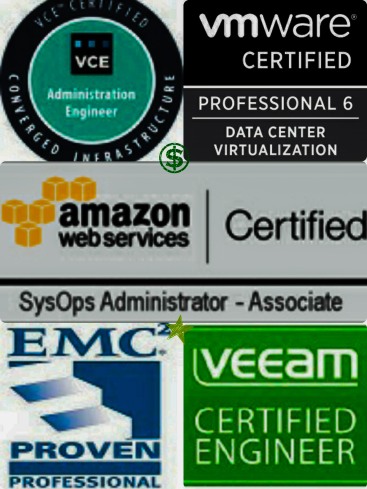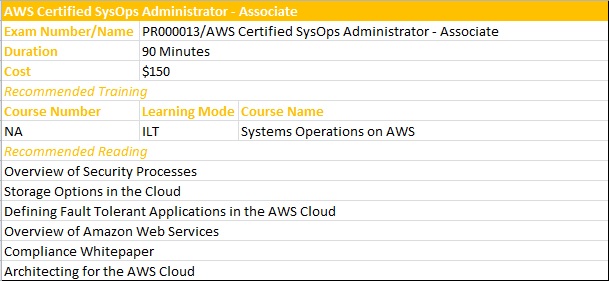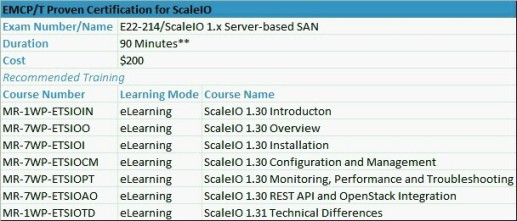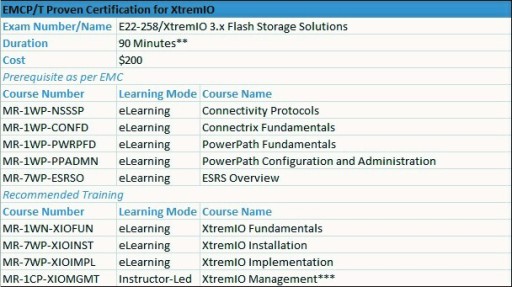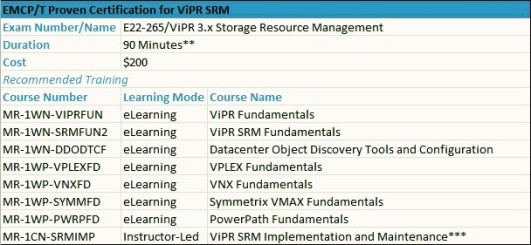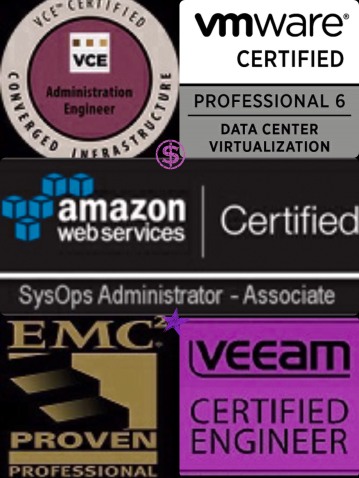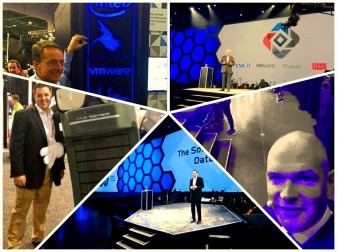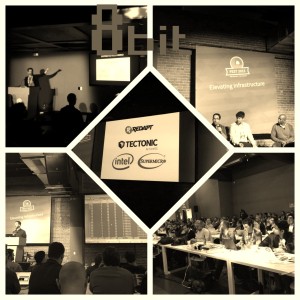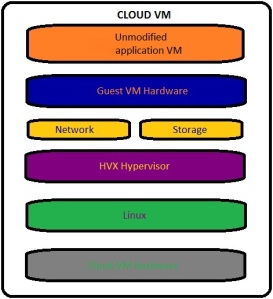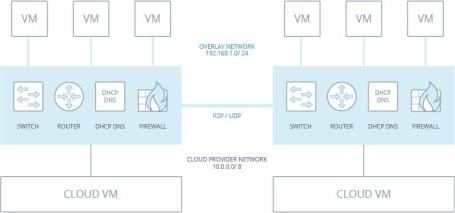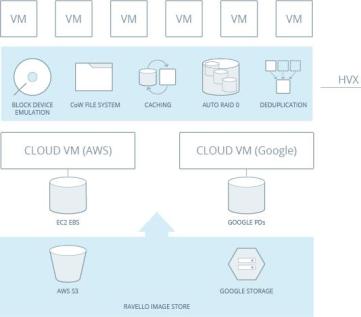Hey yo…
We’ve heard the tune of June and drenched in the rain of July. Within this timeline, Gartner gave the Magic Quadrants for some segments in Enterprise IT. First up, EMC is positioned as Leader for Enterprise Backup Software and Integrated Appliances. EMC also maintains its lead in the overall PBBA market with a 52.4% revenue share in the first quarter of 2015. In the Solid State Array segment, EMC is once again positioned as Leader along with Pure Storage, in Gartner’s Magic Quadrant. The EMC-Pure Storage rivalry took another turn as Pure Storage seems to have lured Jonathan Martin to be their new CMO. But I digress, readers and Storage Admins. This post is about IT certifications, which the storage admin ought to pursue in the SSDC era. In my last post, I discussed the new skills a storage admin ought to equip oneself with. Now, to validate those skills with certifications, this is an extension, as for what to do next. Here we go…
1) VMware Certified Professional
Despite saturation seen in the market and pricing pressure from competitors, VMware continues to surge and dominate market share. And for the 6th year in a row, VMware sits at the top, as a Leader in Gartner’s Magic Quadrant for x86 Server Virtualization Infrastructure. VMware’s offering for the Software-defined Data Center in Compute, Networking, Storage and Management is changing and disrupting the industry as a whole. This certification continues to be a hot skill and may stay that way for a long time.
According to a study by Global Knowledge the average pay of a VCP is $94,181. For more info on VCP-DCV, click here. For a quick reference on the details of the exam, check the pic below:
2) AWS SysOps Admin
For 5 consecutive years, AWS has been ‘The Leader’ in Gartner’s Magic Quadrant for IaaS. And now is turning out to be the runaway market leader for IaaS too. Storage Admins if you would ask that is AWS for IaaS what VMware is for Server Virtualization. My response would be – Safe Bet!
DR-as-a-Service, DB-as-a-Service, Desktop-as-a-Service etc AWS may enter your enterprise in any/more ways than one. Hybrid cloud seems to have become the route most companies would like to take. Storage Admins adhere yourselves with the Cloud and AWS in particular. I would like to go on a limb and say, “AWS is not only a #MustHave skill but a #WorthIt certification too”. For a quick reference on the details of the exam, check the pic above.
3) Veeam Certified Engineer
How would you describe Veeam? A virtualization-centric backup and recovery solution? Or The leading VM backup vendor in the market? Or More than 145,000 customers worldwide have paid for a backup and recovery solution with simplicity, reliability and integration into VM management UI all included in one product?
Whatever you may describe it, Storage Admins I urge you to think big picture. In the SDDC era, x86 server virtualization has 2 major players – 1) VMware vSphere; and 2) Microsoft Hyper-V. Veeam provides backup solutions for both hypervisors with the same tools. Calling Veeam a hot skill would be an understatement.
As a VMware partner, Veeam supports VMware Virtual Volumes (VVols) and Virtual SAN (VSAN) 6.0. Plus, Veeam helps users move VMs around when using vMotion is not an option. #WorthIt certification indeed !
4) VCE Certified Administration Engineer
VCE Vblock appliance falls under the Integrated Infrastructure or Converged Infrastructure segment. VCE likes to describe it as “Data Center in a box”. According to IDC, global sales of integrated infrastructure in Q1 ’15 totaled up to $2.1 billion. This is up 8.3% year on year. VCE is a bona fide leader in this market. Gartner’s Magic Quadrant Leader, 24.1% market share and 29.3% revenue growth, should be reason enough to pursue Vblock System Administration and add to your skillset. For a quick reference on the details of the exam, check the pic below.
5) EMC Product/Technology Specific Certification
Storage Admins, I would like you all to take a stroll down memory lane with me. A time, when we took classes on Storage Fundamentals and prepared for an exam titled – Information Storage Management (ISM). Some would ace it, while some couldn’t even pass. Once that ISM hurdle was crossed, the EMCSA specialist exam would be the next frontier. Anyone wearing their EMC Specialist T-shirt in office would be the target of envy. And those wearing T-shirts of Expert level were considered lords. Alas! Those were the days.
Today, transformation is seen not only in the product portfolio, in marketing, in the operations but in their certification framework as well. The new Emerging Technologies Division @EMC has been making the rounds. And the certification track for most of the technologies under this new division is the new EMCP/T track. What makes this track unique is the one exam approach. ScaleIO, ViPR Controller, ViPR SRM and XtremIO are technologies covered under this track.
As per ESG, EMC ScaleIO is a flexible software-defined solution that leverages host-based internal storage to create a scalable virtual SAN with performance that is comparable to or better than an external SAN, at a fraction of the cost and complexity. Deployment options are – 1) as storage only; and 2) converging storage, compute and networking resources into a single scalable building block that is easy to manage. A worthy competitor for VMware’s VSAN and PernixData’s FVP. For a quick reference on the details of the exam, check the pic below.
The market segment for All Flash Arrays doubled in 2014 compared to 2013, with the total market revenue totalling up to $1.43 billion. The XtremIO Storage Array from EMC is an all-flash array (AFA), based on scale-out architecture. According to EMC, the XtremIO design unlocks flash’s full performance potential and deliver array-based capabilities that leverage the unique characteristics of SSDs. Performance, Scalability, Efficiency, Data Protection and a wide range of functionality is what XtremIO is all about. Strengths and shortcomings aside, EMC has been able to successfully sell and market XtremIO due to its vast sales force, channel bandwidth and execution prowess. Thus, the certification enlisted below ~ #WorthIt !!!
The ViPR Controller is a storage automation software that centralizes and transforms storage into a simple and extensible platform by abstracting and pooling resources. It is designed to deliver automated, policy-driven storage services on-demand.
EMC’s ViPR Controller has got to be the single most exciting product from the Emerging Technologies Division. And EMC is taking this commercial product and releasing it to a community-driven development. The open source project, named CoprHD, makes the code for ViPR Controller available to the open source community. EMC, though, shall continue to sell EMC ViPR Controller as a commercial offering enhanced with service, support, training etc.
Simple, Extensible and Open are what describes the ViPR Controller. Optimizing resources and providing the IT team with the ability to deliver Storage-as-a-service. The ViPR Controller is bound to be a hot skill and a #WorthIt certification.
EMC describes ViPR SRM, as a storage management software to manage the complexity of growing, heavily virtualized storage environments. While the ViPR Controller abstracts and pools arrays into virtual storage pools, integration with SRM helps you understand the physical to logical relationships. In other words, relationships between ViPR tenants and the underlying storage are simpler to fathom. However, unlike the ViPR Controller, SRM isn’t open source yet.
Visualize. Analyze. Optimize. ViPR SRM aims to optimize capacity and improve productivity to get the most out storage assets. With ScaleIO, ViPR Controller and ViPR SRM, EMC’s Software-defined Storage position seems solid.
Honorable Mentions
There are 5 more certifications that I believe deserve honorable mentions. Certifications, listed in the pic below, from Cisco-NetApp, HDS, EMC, DataCore and Nutanix. These certifications are for technologies that are market leaders in their own right and may find their way in your data centers if not already. Storage admins, you may want to keep tabs on these as well.
My “2 cents”… Why these certifications ? I’ve got two reasons. First, they are recognized as the cream of the crop from one of the most revered market analysis firm – Gartner. Second, these technologies are market share leaders, which means more opportunities up for grabs. Rich Simmons, from EMC, stated “What was once considered a “boring” sector in IT is now hot again. We have new vendors entering the market at a furious pace, trying to gain position in all-flash, flash attach and software-defined storage”.
Remember some of these challenges in the days of traditional storage. Challenges like-
- Manual and slow provisioning
- Performance bottlenecks
- Alignment with applications
- End-to-end visibility
- Specialized hardware requirements
Storage Admins, I urge you to check out these 5 certifications. If honorable mentions seem more appropriate then go ahead with those. It’s not about overkill but looking at the big picture. Companies are undergoing restructuring and transformation. IT vendors are offering solutions to “Redefine IT” ( I know, EMC’s punch line ). Certification in these technologies would mean –
- Acquiring hot skills
- Competency in market leading technology
- Staying ahead of the curve
- As Seth Godin stated, you can potentially lead, contribute and demonstrate that the attention you are asking to be spent on you is worthwhile.
So, if you folks agree, somewhat agree or completely disagree I would like to read your comments on this topic below.
**In countries where English isn’t first language, an extra 30 minutes are allotted to candidates who take the exam in English
***Course is available to candidates in Instructor Led Training (ILT) and Online Instructor Led Training formats.
Sources–
VMware Exam
https://mylearn.vmware.com/mgrReg/plan.cfm?plan=64178&ui=www_cert
AWS Exam
http://aws.amazon.com/certification/certified-sysops-admin-associate/
Veeam Exam
http://www.veeam.com/vmce.html
http://www.veeam.com/blog/how-to-become-a-veeam-certified-engineer-vmce.html
VCE Exam
http://www.vce.com/services/training/certified/manage
EMCP/T Exam
https://education.emc.com/guest/certification/framework/pts/ScaleIO.aspx
https://education.emc.com/part/certification/framework/pts/xtremio3x.aspx
https://education.emc.com/guest/certification/framework/pts/ViPR_CDS.aspx
https://education.emc.com/guest/certification/framework/pts/ViPR_SRM.aspx
http://www.storagenewsletter.com/rubriques/market-reportsresearch/emc-pure-storage-ibm-and-hp-lead-magic-quadrant-for-solid-state-arrays/
http://www.storagenewsletter.com/rubriques/people/jonathan-martin-cmo-pure-storage/
http://www.storagenewsletter.com/rubriques/market-reportsresearch/2015-magic-quadrant-for-enterprise-backup-software-and-integrated-appliances-gartner/
http://www.storagenewsletter.com/rubriques/market-reportsresearch/ww-purpose-built-backup-appliance-market-grew-7-yy-in-1q15-idc/
http://aws.amazon.com/resources/analyst-reports/
http://www.gartner.com/technology/reprints.do?id=1-2IH2LGI&ct=150626&st=sb
http://www.storagenewsletter.com/rubriques/business-others/record-results-for-veeam-in-1q15/
http://emergingtechblog.emc.com/author/rich-simmons/
http://emergingtechblog.emc.com/category/products/scaleio/
http://emergingtechblog.emc.com/category/products/vipr/
http://emergingtechblog.emc.com/category/products/vipr-srm/
http://www.globalknowledge.com/training/generic.asp?pageid=3736
